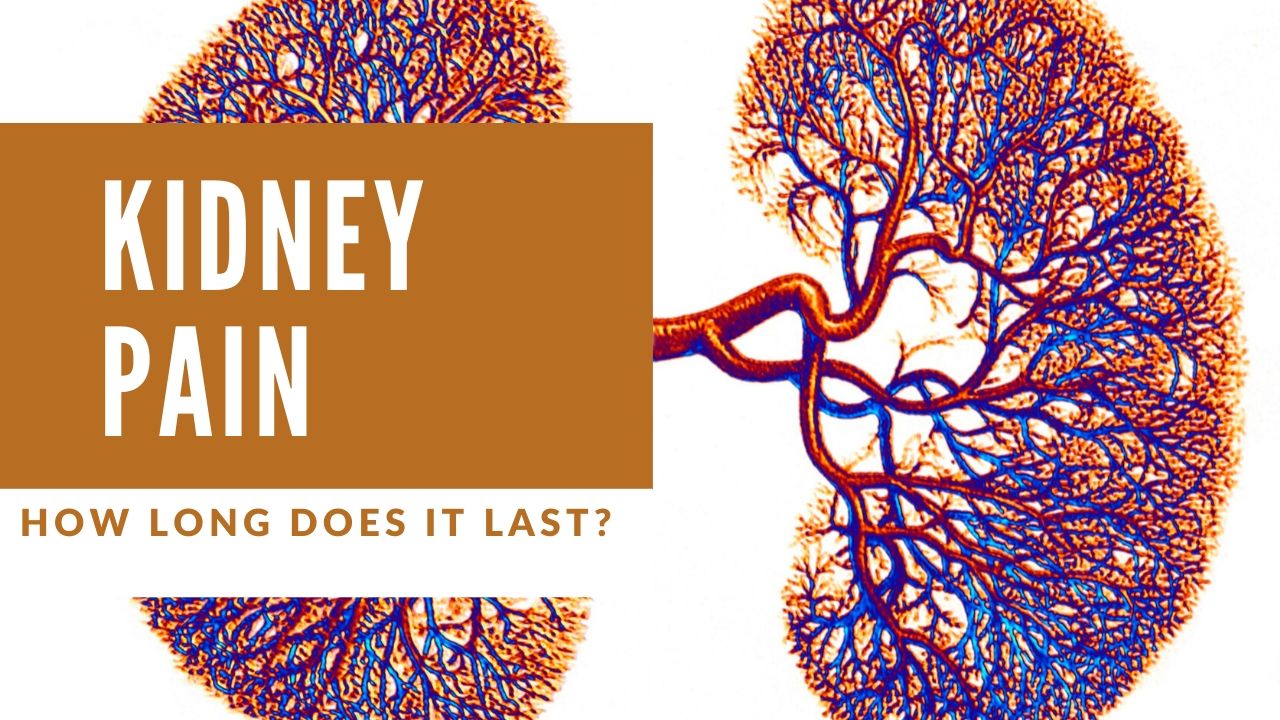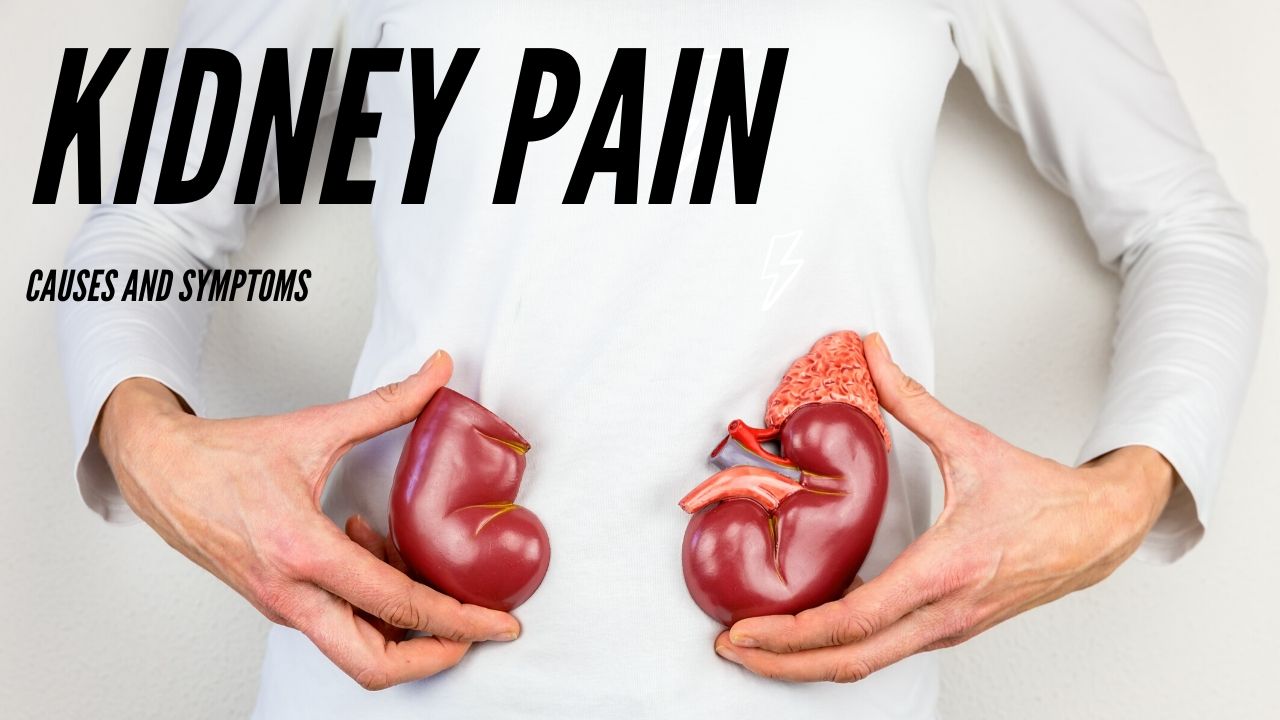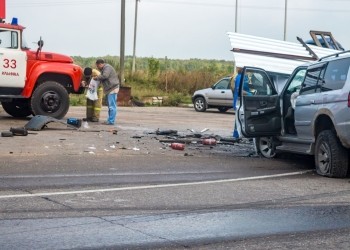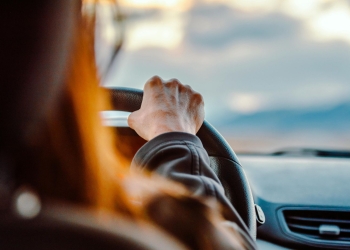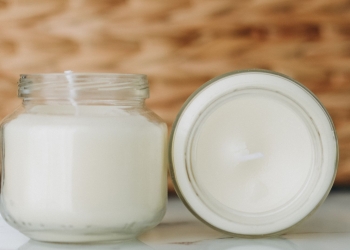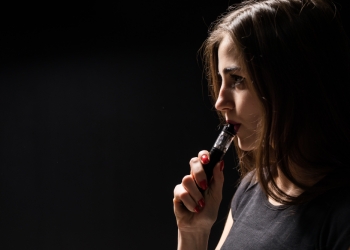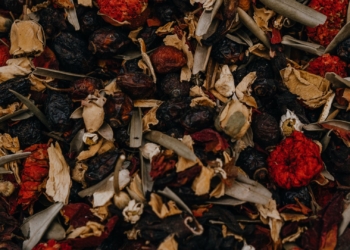A study revealed that more than 1.2 million people died globally, in the year 2015, due to kidney pain and failure. That’s twice as much as the population of the European country Luxembourg. While most of the problems caused by damages to the kidney are temporary, some of them prove fatal. One of such complications is kidney failure, which is also known as an end-stage renal disease (ESRD) in medical term. Even today, many people don’t understand that our bodies cannot survive without kidneys. The disease starts without symptoms and grows on to display itself through kidney pain.
Kidney pain and gas are mostly confused. If you have minor pain in the left abdominal region, it’s gas, not kidney pain. To learn better about the problems, we must first trace back to the roots of it.
What is the function of our kidney?
Kidneys are present in a pair since a human body is born. They are situated on the left and right side of your back muscle, in the upper abdominal region. When we consume food or liquids through our mouth, they enter our stomach for further processing. The waste generated after the processing of liquids and other waste materials in the body goes inside the kidneys. The kidneys process this waste and create a way of removing them from our body.
Any complications or problems in the kidney effects the removal of waste from the body. This waste cumulates to release toxins that prove to be fatal. Due to the location of kidneys in our body, people usually confuse kidney pain with back pain. An easy way to determine if you’re having back pain is to find the area of pain. Kidney pain occurs in the region approximately below your ribs, while back pain happens in the lower back region.
Causes of kidney pain
You have the chance of preventing kidney pain if you understand the causes which lead to it. Prevention is truly the best cure and knowledge is the tool which gives you that. Kidney pain can occur on both the sides – left and right – at once or in any one of them. Generally, doctors recommend different kinds of physical examinations and lab tests after knowing about the patient’s history. The knowledge of patient’s history helps the doctor in understanding the scope of lower urinary tract infection. Doctors would conduct a pelvic exam (in case of women) to check if the pain is caused due to complications in the working of ovaries or uterus, or an infection. The doctor sends a sample of the patient’s urine to the lab. The results of the test, reflect the type of bacteria causing the infection which leads to kidney pain. Accordingly, the doctor will start the course of antibiotics to cure it.
Kidney pain after drinking occurs mostly because of the excessive pressure on the bladder.
- Bacteria
- Transfer of bacteria in the kidney from the bladder or urethra.
- The rectal area (anus) or vagina is the ground zero for these bacteria in the patient’s body. From there, they travel up to the bladder and spread to the kidneys.
- However, these bacteria can travel to the different parts of the body instead of stopping at the kidneys.
- Abnormal kidney system from birth is sure to catch an infection leading to kidney pain.
- Kidney stones.
- Urinary tract infection.
- Kidney infections.
Symptoms
- Frequent but painful urination
- Fever
- Groin or Back pain
- Abdominal pain
- Blood or pus in the urine
- Nausea
- Vomiting
- Strong urge to urinate
- Cloudy or foul-smelling urine.
How long does kidney pain last?
The main deciding factor that determines the duration of your treatment is the result of your diagnosis. At first, the doctor prescribes antibiotics depending on the type of bacteria around your kidney. You can take these medicines orally at home. But, if the conditions don’t improve within one or two days, the doctor would ask you to get admitted in the hospital.
The doctor will provide your body with the required fluids and medicines through IV. They will regularly check if your conditions are improving with the treatments. In many cases, antibiotics usually cure the infection within 7 days or less. The medicine kills all the bacteria in your kidney without causing any further discomfort.
If the diagnosis reveals that you have a kidney stone, it might take anywhere from 24 hours to 3 days to remove the stone naturally. Other options include surgery to remove the kidney stone, but many people opt for the natural way because of the risks involved with surgery. Apart from the mentioned causes, the abnormal urinary tract can also lead to kidney pain. Many people are born with minor blockages in the tubes that form a passage from the bladder to the kidneys. As they are minor, they grow with the years to develop into a bigger problem later. To cure this, doctors perform surgery to remove the blockages from the tubes.
How can I fast track the healing process?
Your doctor knows better about the working of your body. Talk to your doctor and ask him about the ways in which you can speed up the process of your recovery. However, we have mentioned a list of methods that generally help in curing kidney pain.
- Religiously follow the plan that your doctor provides. Take medicines regularly.
- Check your temperature every day to ensure that your body is recovering. This shows that the antibiotics are working.
- Ask your doctor if it is appropriate for your body to drink fluids. If it is, drink plenty of liquids and try to remove the bacteria.
- Communicate with your doctor regarding any symptoms or abnormalities in your body after consuming the medicines.
- To ease the kidney pain, apply a heating pad on the required area.
If you’ve read this article till the end, we hope that it has provided you with the required information. If the conditions still persist after medication, talk to your doctor and ask for the surgical procedures to cure the pain.
